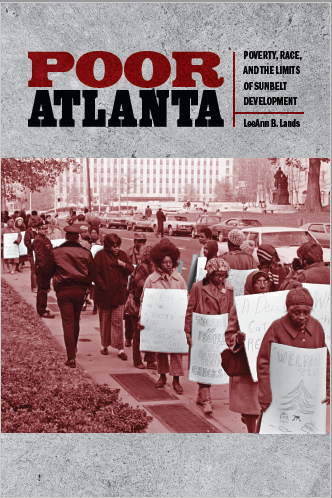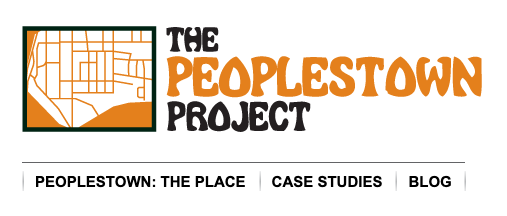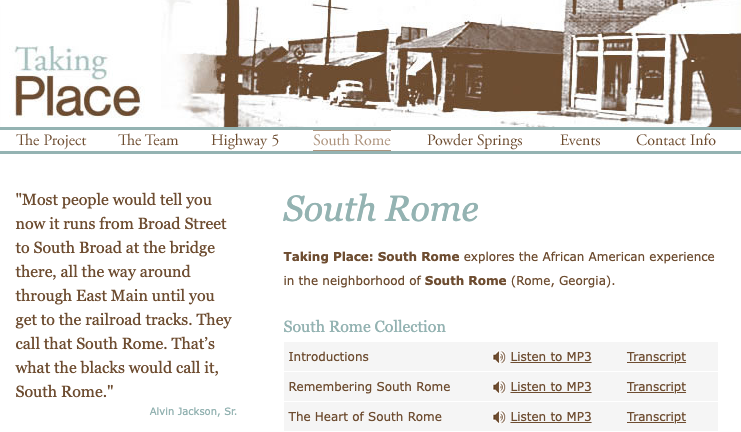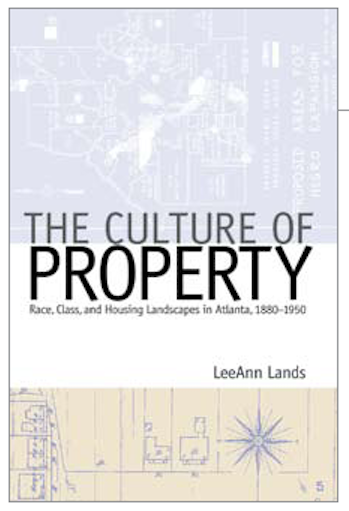My work |
|
You can find my CV here.
Major projects: Poor Atlanta: Race, Class, and the Limits of Sunbelt Development (University of Georgia Press, January 2023) looks at poor people’s campaigns and antipoverty work in Atlanta in the 1960s and 1970s and in relationship to Sunbelt city-building efforts. Toward the goal of building "a national city," Atlanta leaders aimed to prevent urban violence, staunch disinvestment, check white flight, and amplify Atlanta’s importance as a business and transportation hub. But as city builders fashioned "the world's next great city," poor families insisted that their lives and living conditions, too, should improve. While not always operating in public awareness, poor Atlantans and their allies presented a regular and sometimes strident critique of inequality and Atlanta’s uneven urban development. The Peoplestown Project is part of a larger examination of antipoverty organizing and work in late 20th century Atlanta. As part of its work, the project documented the early activities of Emmaus House, a mission of the city's Episcopal Diocese that challenged structural inequality and insisted on substantive public policy change to enable the city's poorest residents. Taking Place: South Rome was a 5-month project investigating how residents of South Rome, Georgia understood and related to their place and community. It was part of a larger collection of place-oriented projects, Taking Place, spearheaded by Kennesaw State University’s public history program and implemented by Lands and then-KSU undergraduate students Todd Frary and Karen Burton (who investigated the Highway 5 corridor fromWoodstock to Canton) and Erin Beavers Zabala (who coordinated the project and investigated Powder Springs). The Culture of Property: Race, Class, and Housing Landscapes in Atlanta, 1880-1950 (University of Georgia Press, 2009) examines the transition of Atlanta, Georgia, from a place little concerned with residential segregation, tasteful surroundings, and property control to one marked by extreme concentrations of poverty and racial and class exclusion. Using Atlanta as a lens to view the wider nation, Culture of Property shows how assumptions about race and class combined with attitudes toward residential landscape aesthetics and home ownership to shape public policies that promote and protect white privilege. The Summer Hill Project documented and interpreted the history and culture of Summer Hill, an historically African American neighborhood just outside of downtown Cartersville, Georgia. Students in Kennesaw State University's public history program and I partnered with former and current residents of the Summer Hill community and the Summer HIll Foundation to complete oral histories about and collect artifacts related to Summer Hill. That work culminated in curriculum and museum exhibits (co-curated by then-KSU student Melissa Massey) that told the rich history of Summer Hill as experienced by the residents themselves. |



